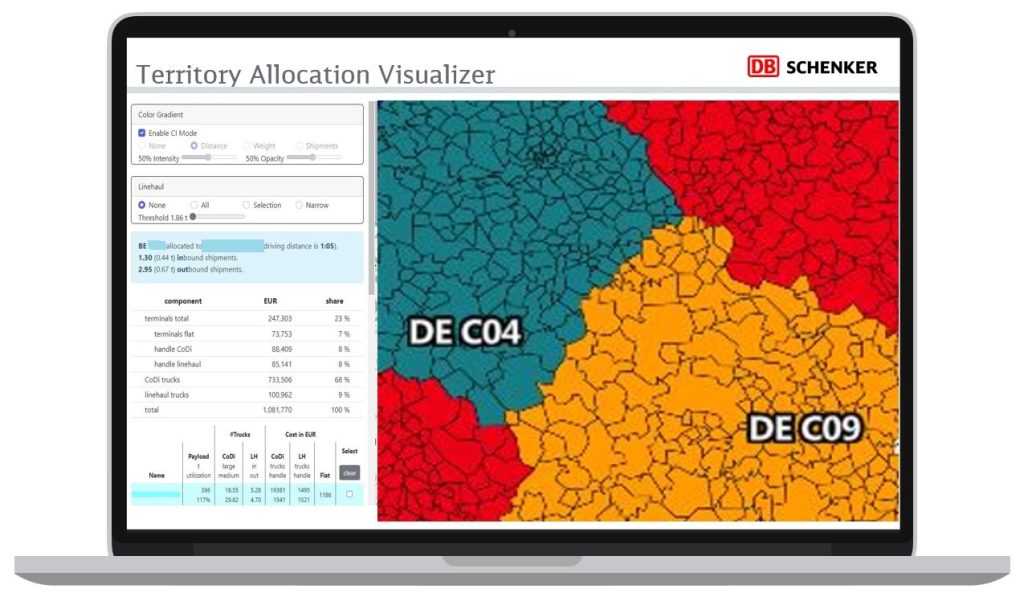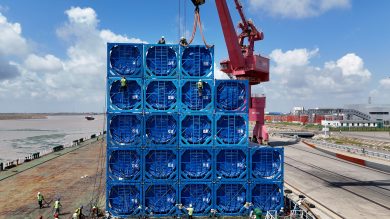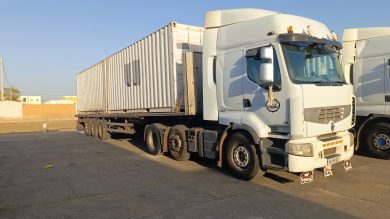Are you tired of guesswork? Let’s meet TALL – Territory Allocation. With TALL, AI algorithms analyze data and, for example ensuring optimal terminal locations and assignments of postal code areas. No more gut feeling, just smart decisions at the speed of technology!
“Offering and maintaining the No. 1 Groupage Network in Europe requires strong and intensive collaboration between the operational functions but also forward-thinking network design and planning. With TALL we have a great instrument that allows us to structurally analyze the status quo, optimize production and cost with existing resources, and strategically plan future locations.”
TALL: Mapping Efficiency for Land Transport
“Territory Allocation” delivers network design as a service to Land Transport – country organizations.Algorithms and software tools determine the optimal number, locations, and sizes of terminals in a network and allocate areas to terminals, thereby minimizing collection & distribution, terminal, and linehaul costs.
DB SCHENKER does not just optimize the network, they future-proof it, by analyzing the impact of different scenarios, such as opening new terminals, relocating existing ones, modifying terminal capacities, and changing postal code allocations. By considering additional factors, like expected volume growth, DB SCHENKER ensures the network is future-proof and ready to adapt to changing demands.
Smart Networks, Built In-House
DB SCHENKER developed the core application in-house. One model is able to serve as a basis for all countries. This model is flexible enough to be adapted to country specific needs. All relevant data such as shipment volume, terminal capacities, and linehaul executions is onboarded into the system. Based on the data, an algorithm simulates the shipment flow of the as-is situation over the selected time frame, which serves as a benchmark for potential optimization. The simulation also calculates relevant KPIs, such as costs and the number of linehaul and last-mile vehicles. Then, mathematical optimization is used to determine the optimal terminal network. This includes the evaluation of existing and new terminal locations, as well as the assignment of postal codes to these terminals.

This strategy has the potential to unlock significant cost savings, acting as a powerful tool for making data-driven investment decisions with a clear understanding of where the resources of DB SCHENKER will have the biggest impact.
This is not just about operational excellence; it is about setting the stage for new services and business models, with AI and algorithms along for the ride.
Published: September, 2024










